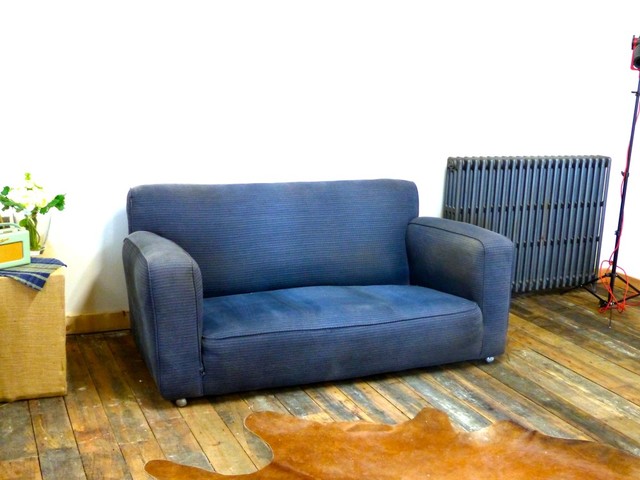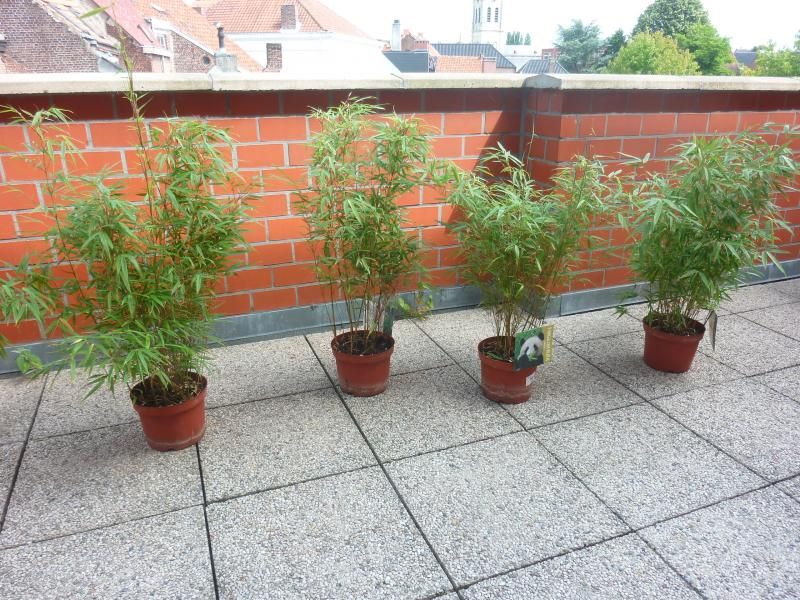+ SHOW US YOUR PAD/ FLAT/ CAVE/ PENT-HOUSE/ CARDBOARD BOX/… +
-
-
Remind me to make you sleep on the rug when you come over… I'll install a huge mirror on the ceiling...
Seriously, I mention vomit in my eyeballs and I'm coming to Belgium for the sole purpose of getting drunk and you want me to sleep on your rug? Do you want my statement to become prophecy?
-
I forgot to tell you, btw, that there's a hotel at walking distance from me… Like, seriously, a 3-5 minute walk

-
Looks like a flea pit, I'll stay there.
-
It's a good thing that the Germans have gone, as I think that Trail and Arrow would have disappeared with it, especially as it's an easy size for airline luggage.

That's a funny looking pizza…

The base prior to assembly.

The assembled base.
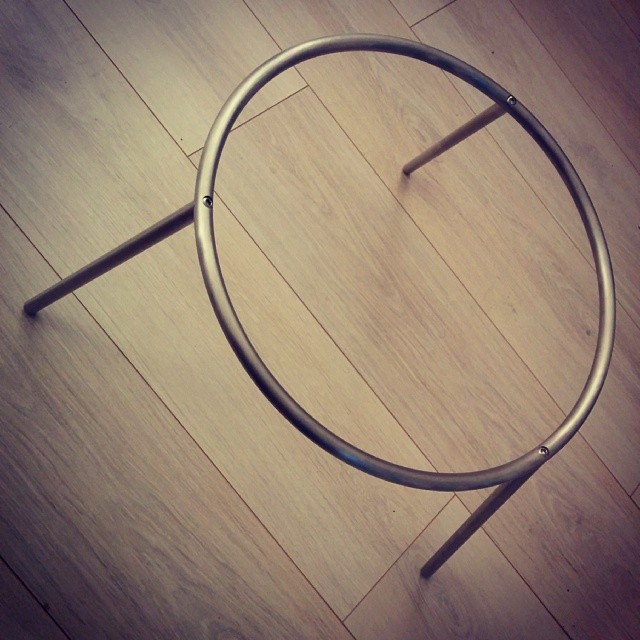
And the completed table.

It's a PP Mobler PP586 Fruit Bowl, designed by Hans Wegner in 1956. Most are ash or cherry, but this one is mahogany, which is actually the original wood. I'd wanted it in cherry, but they were out of stock, so I got a free upgrade.

I'd originally been after a PP35 Tray Table, but found this in the catalogue, and thought it was much nicer.
-
nice!
-
Whilst shopping online for shelves, I found piece of home decor for @Seul - I'm not sure if it'll attract pandas though.
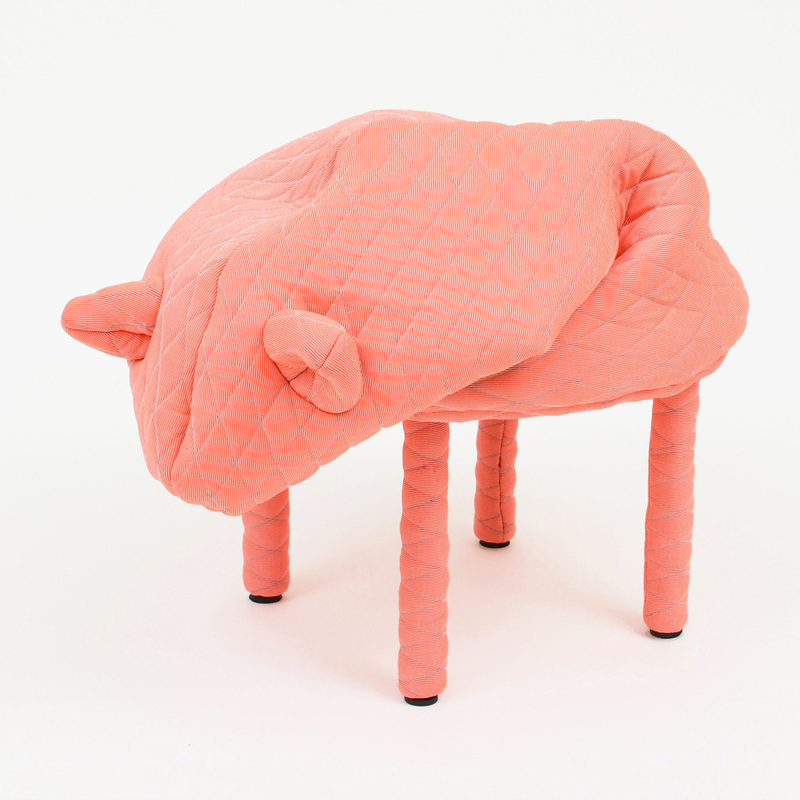
-
-
I visited The Original Sofa Company in
NewcastleGateshead yesterday. They manufacture and restore Chesterfields in the way that they used to.Originally sofas were built on a heavy wooden frame, with springs hand-sewn onto webbing, the cushions would have been stuffed with hair from a horses' tails, and all the fixings would have been held in place by hand tacks, which are evil looking nails.
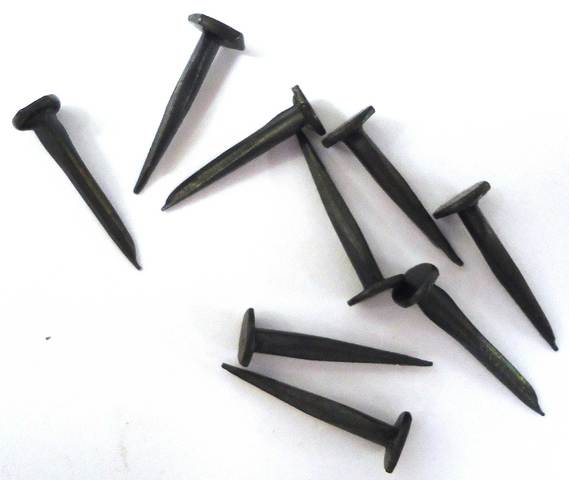
Since tanneries couldn't dye entire hides, the pieces were hand dyed by having the colour painted on, which gives a fantastic character.
Over time the production process was streamlined as it became industrialised: Staples replaced hand tacks, as these are much faster to apply; coil sprung seats were dropped in favour of separate cushions, as these are cheaper and easier to make; and foam took over from natural fibres.
The OSC can build a sofa in various historically accurate manners, depending on your budget, with the top end being around £20,000. However, I was more interested in their antiques for restoration.
The stand-out was this 1830s sofa, which would have been one of the first fully upholstered pieces of furniture. It's not much to look at now, due to being recovered in a poor DIY job, but when restored in leather it'll be spectacular.

There was a mid-century piece by Howard and Sons, which looked a bit like something your Granny would own. However it was possibly the most comfortable sofa I've ever sat on. Incidentally, the green fabric on the cushions is actually their lining, and would be covered up in restoration.
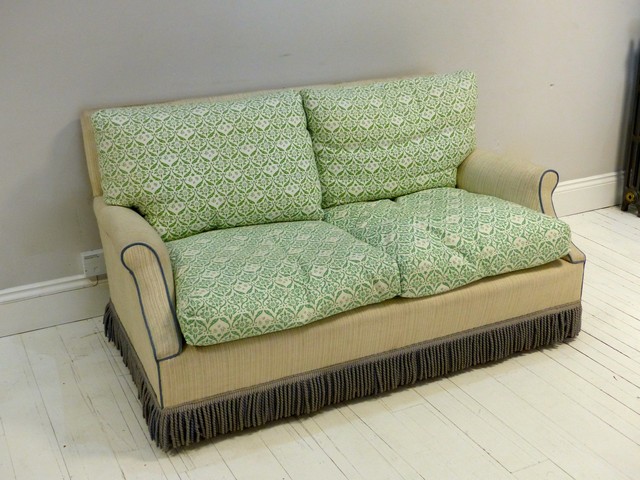
I think that I'd probably get this Art Deco sofa. It's a bit different, comfortable, and dates from a period when staples had taken over from hand-tacks, so would be significantly cheaper to restore.
